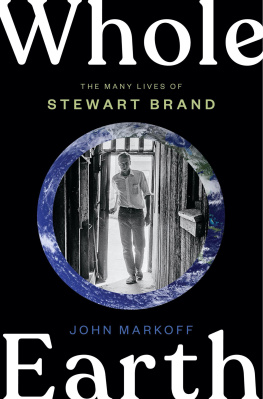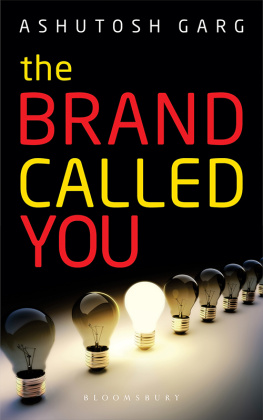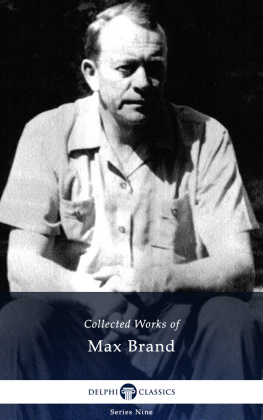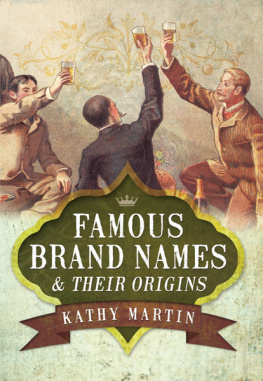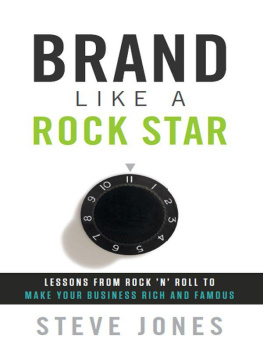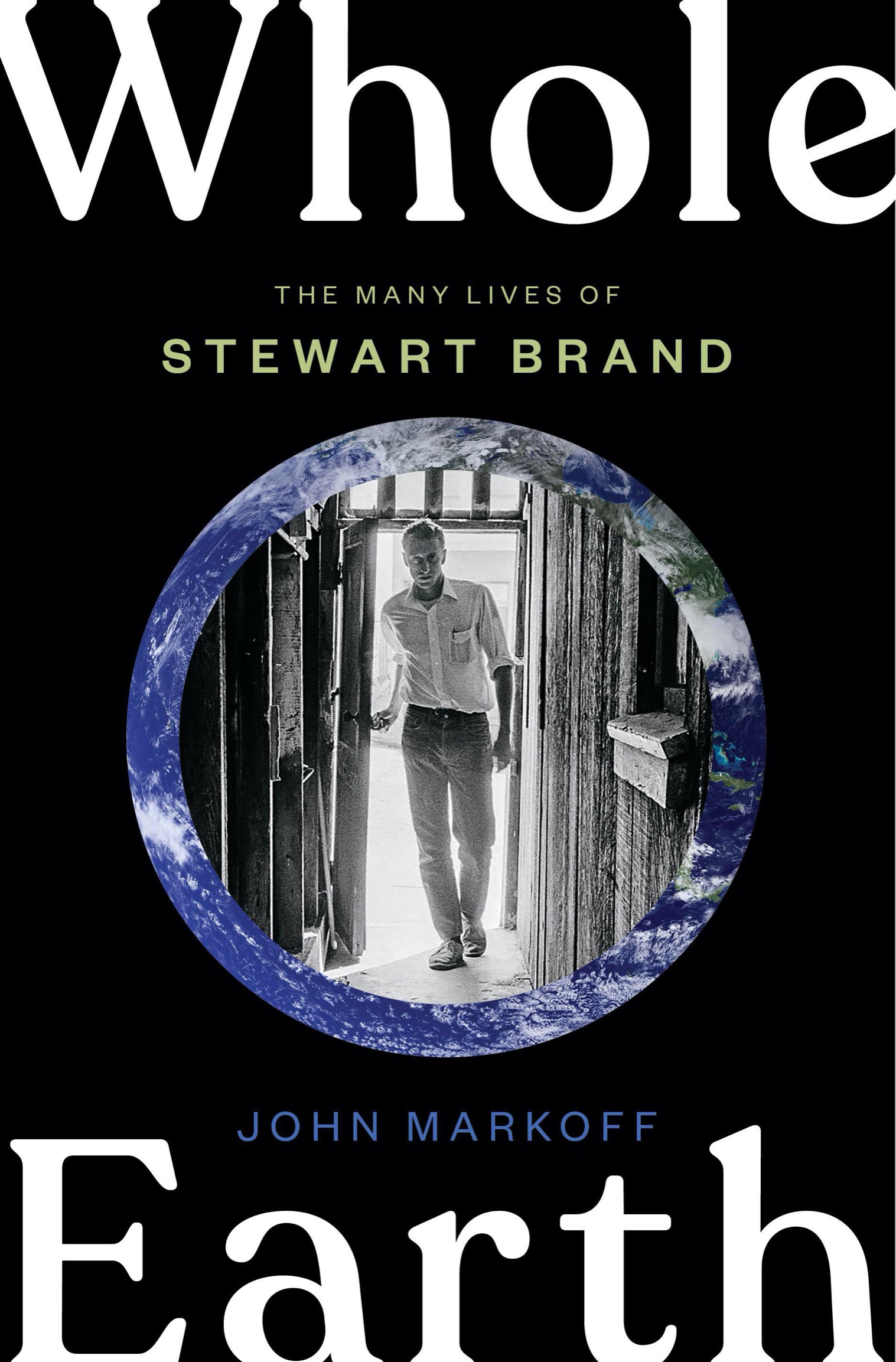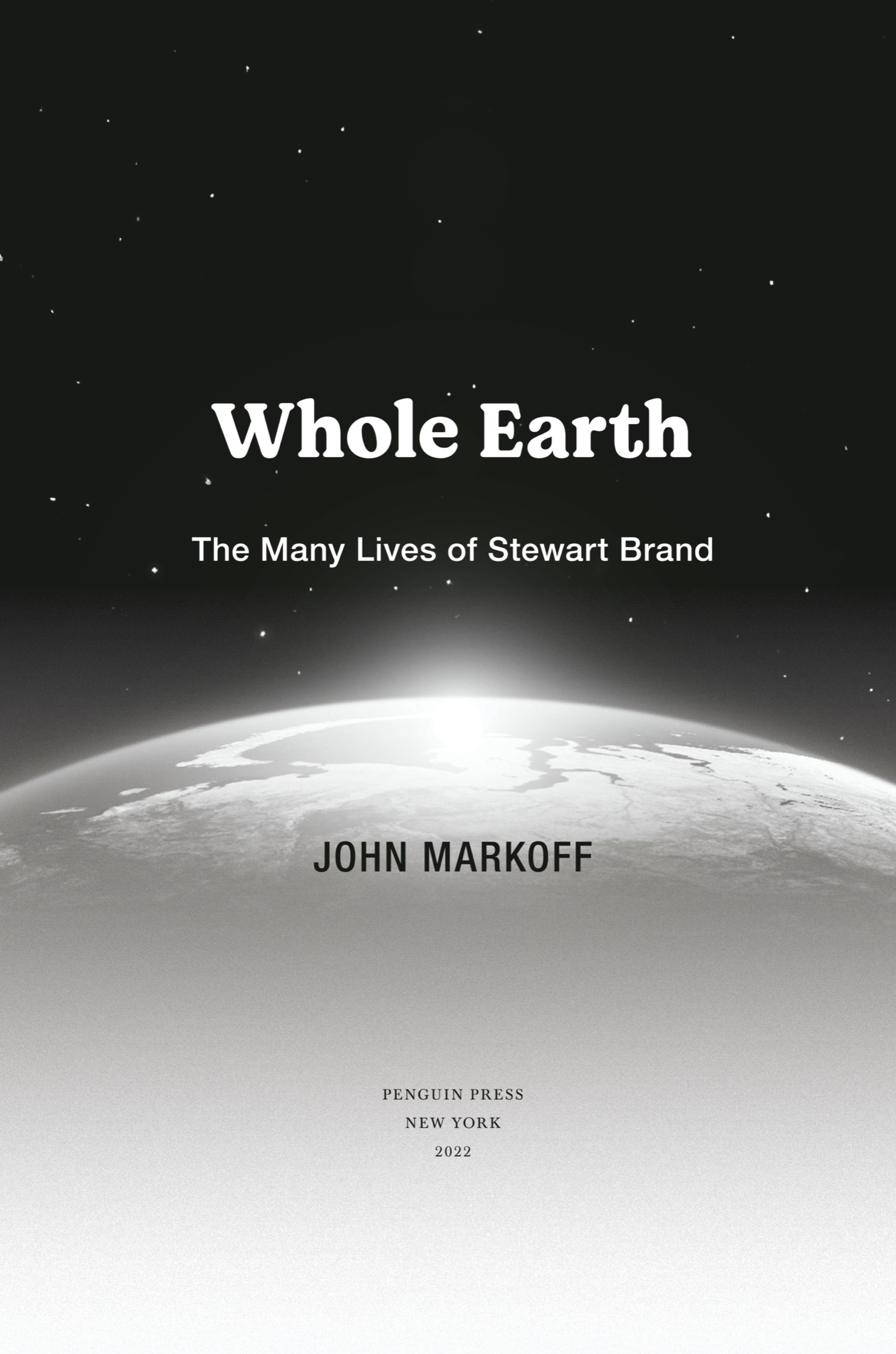ALSO BY JOHN MARKOFF
Machines of Loving Grace
What the Dormouse Said
Takedown (with Tsutomu Shimomura)
Cyberpunk (with Katie Hafner)
The High Cost of High Tech (with Lenny Siegel)
PENGUIN PRESS
An imprint of Penguin Random House LLC
penguinrandomhouse.com
Copyright 2022 by John Markoff
Penguin supports copyright. Copyright fuels creativity, encourages diverse voices, promotes free speech, and creates a vibrant culture. Thank you for buying an authorized edition of this book and for complying with copyright laws by not reproducing, scanning, or distributing any part of it in any form without permission. You are supporting writers and allowing Penguin to continue to publish books for every reader.
Will, lost in a sea of trouble republished with permission of University of Michigan Press, Poems from the Greek Anthology: Expanded Edition, translation and foreword by Kenneth Rexroth, introduction by David Mulroy (1962, 1999), permission conveyed through Copyright Clearance Center, Inc.
Illustration credits appear on .
LIBRARY OF CONGRESS CATALOGING-IN-PUBLICATION DATA
Names: Markoff, John, author.
Title: Whole Earth : the many lives of Stewart Brand / John Markoff.
Description: New York : Penguin Press, [2022] | Includes bibliographical references and index.
Identifiers: LCCN 2021039442 (print) | LCCN 2021039443 (ebook) | ISBN 9780735223943 (hardcover) | ISBN 9780735223950 (ebook)
Subjects: LCSH: Brand, Stewart. | TechnologistsUnited StatesBiography. | Appropriate technologyUnited StatesHistory. | Whole Earth catalog (Menlo Park, Calif.) | CountercultureUnited StatesHistory. | TechnologyCalifornia, NorthernHistory. | FuturologistsUnited StatesBiography. | Technological innovationsSocial aspectsUnited States. | Journalism, TechnicalUnited StatesHistory. | California, NorthernBiography.
Classification: LCC T40.B64 M37 2022 (print) | LCC T40.B64 (ebook) | DDC 609.2 [B]dc23/eng/20211208
LC record available at https://lccn.loc.gov/2021039442
LC ebook record available at https://lccn.loc.gov/2021039443
Cover design: Evan Gaffney
Cover images: Stewart Brand, (earth) S.E.A. Photo / Alamy Stock Photo
Book design by Daniel Lagin, adapted for ebook by Shayan Saalabi
pid_prh_6.0_139580513_c0_r0
In memory of Douglas Engelbart, whose ideas, like many things, Stewart Brand discovered early on
Contents
Throw a Brand in the river and they will float upstream.
Brand family wisdom
Chapter 1
Shoppenagon
Preserved in a large photograph, he was a mythic presence in the living room of the cabin where Stewart Brand spent his childhood summers. David Shoppenagon was a Chippewa Indian and a popular hunting and fishing guide for the wealthier residents of frontier Saginaw, Michigan, when in 1875 he brought Stewart Brands great-great-grandfather, former New York congressman Lorenzo Burrows, and his family to Higgins Lake. The lake would soon become the summer gathering spot for four closely knit Saginaw familiesthe Barnards, Brands, Burrowses, and Morleys.
In a world that was collapsing for his people, Shoppenagon was an anomaly. Most of his compatriots had either been defeated in battle, herded onto reservations, sickened, or starved, but he had managed to coexist with an encroaching white civilization.
Shoppenagon lived more than a century after the period in which James Fenimore Coopers historical novel The Last of the Mohicans was set, but in many ways, he fit the story line well. A member of a dying race, he was an anachronism who offered the newcomers a window into the world their civilization was obliterating. A journalist who had been invited to tour timber country by the railroads described him as wearing a fur turban topped by a crown of eagle plumes. From his belt hung deer hooves, eagle claws, shells. A band of leather over his shoulder was covered with a rattlesnake skin.
To the white families who encountered him, Shoppenagon represented the good Indian.
During the summer the Saginaw families would use the lumber trains to escape to the lake from the hot and mosquito-infested city. Established in 1875, the first campsite, known as Lakeside, remained a seasonal encampment for several years. At first they stayed in tents, which were later supplanted by small shacks and then eventually summer homes. Soon other small communities were built adjoining Lakeside, including Cottage Grove, where the Brand family, part owners of Saginaws flour mill, summered. (The product of a marriage between the two camps, Brand would summer at Lakeside.) Brands grandfather Ralph Chase Morley, heir to the Saginaw-based Morley Brothers wholesalers, ran what by 1892 had become the nations second-largest hardware business, as well as one of the largest horse and buggy retailers in the country. The business prospered and expanded through World War I, as the Morley Brothers were major suppliers to the US Army. Soon the Morleys opened a bank as well. They became part of a prosperous, upwardly mobile business class that built Saginaw during the great Michigan timber boom. As the frontier outpost became a thriving city, they prospered, giving their families freedom during holidays to escape to the countryside. And so each summer the Saginaw families would come with an entourage of cooks and nannies to the lake.
The familys role in the horse and carriage business might have blinded them to changing transportation technology. Ralph Morley is said to have turned down a neighbor, Henry Ford, who offered him the opportunity to invest in his new motorcar company. Sometime later, another Morley, AJ, who had been sent to the West Coast to extend the family timber interests, turned down a similar offer to invest in a new airplane company named Boeing.
Attracted by the Michigan logging boom, George Burrows arrived in Saginaw and set up a private bank in 1862, the year before the Morley brothers arrived. He would become one of Saginaws city fathers. He was treasurer of the company that built the citys first streetcar line; he served as chief of the Saginaw Volunteer Fire Department and in that capacity oversaw the construction of the citys Water Works. He became a Saginaw investor in mining and forest land, and an early venture capitalist as well, providing a loan that helped establish the Eastman Kodak company.
The Morleys were able to navigate the logging boom and the following bust, growing their hardware supply business statewide beyond logging and creating a department store as well. Yet logging remained in the blood, and the families followed it west. Members of the Morley and Barnard families went to Washington and Oregon and created what would become the Western Logging Company. Decades later they sold it to Georgia-Pacific in a deal that some family members perceived as a giveaway.
The immigrant West Coast Brands could have been the Stampers, the tough-as-nails Oregon logging family imagined in Ken Keseys novel Sometimes a Great Notion. Stewart Brands oldest brother, Mike, spent three summers in the woods in the family logging business in the Northwest and at one time hoped that he might someday be able to take over the logging operation. A decade later Stewart would follow in Mikes footsteps.
Michigans Lower Peninsula had been completely logged by the end of the nineteenth century, and the Indians had almost entirely vanished as well. However, for the young man who summered each year on the shores of Higgins Lake from the late 1930s into the 1950s, both towered in his imagination. Years later the photograph of David Shoppenagon on the summer cottage wall remained an influence on Brand when he reinterpreted Americas view of Indians and the role they played in caring for the land on which they lived. It would be a message that he would bring to an emerging American counterculture in the sixties, and it would have a powerful resonance with a budding modern environmental movement as well.

